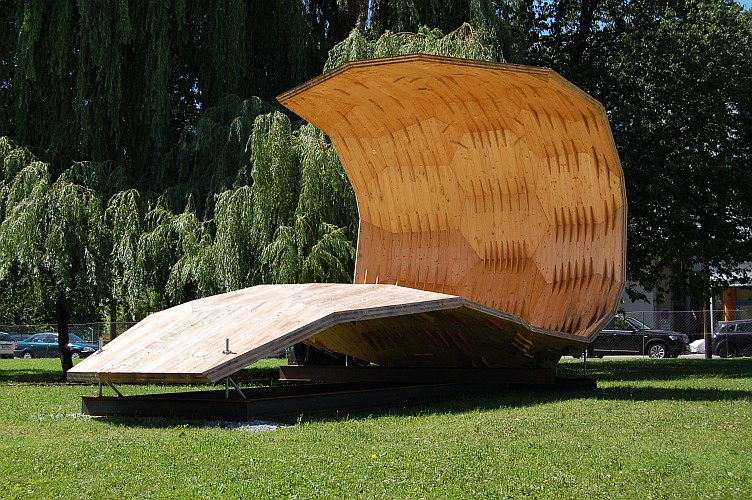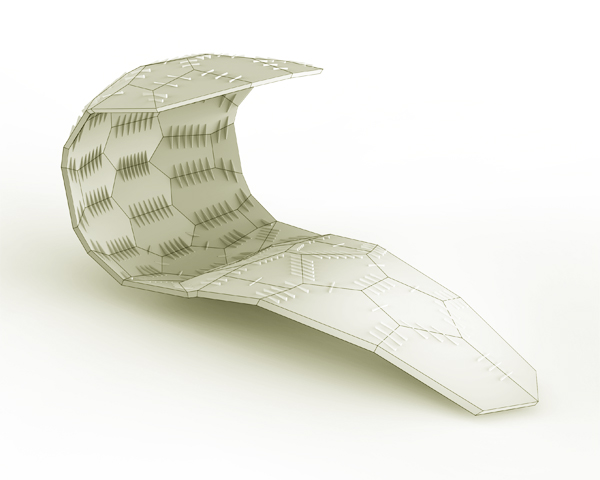Towards aesthetic control in segmenting curved surfaces
Unconventional geometric shapes and free-form smooth surfaces have always been something that architects have wanted to design and build. In the history of architecture only figurative representations of these forms could be produced and the design process was restricted by representation media and scale. The development of digital technologies in the last fifteen years has allowed a formal freedom in design and definition of non-standard architecture. Non-standard architecture produces endless series of exceptions which means that traditional tectonic processes in building technology can hardly be implemented. For architects dDealing with such non-standard structures in architecture causes many problems and its implementation is a great challenge and yet many questions are unsolved. This omission leads to the inability to build non-standard architecture and opens up whole new field of basic research at the interface to applied research.
The purpose of the present project is to explore a new way how non-standard architecture can be built with standard building elements, with modern building processes, material and cost efficiently. In this project we will develop a design framework, generic parametric details and make them part of the whole process from the beginning of the design to the manufacturing and at the end we will build one prototype of non-standard structure. Mass Customization and File to Factory are fundamental to our approach to non-standard architecture. The key to our approach is turning exceptions of non-standard forms to standard.
As smooth geometric shapes are very tricky to manufacture with an overall great expense we will concentrate on discrete forms and surfaces which means to approximate shapes with flat panels. In doing so the focus of our discrete shaping is not triangulation and the use of three-sided panels but rather up to six-sided ones. The approach of generating smooth surfaces by discretization has the advantage of using flat elements in various forms and therefore to keep the costs down independent of the choice of material. This new framework we define is based on parametric modeling of ornamentation and its aesthetics, which we consider as a unique input to the subject matter. In other words we translate flat ornaments and patterns into complex spatial structures and surfaces and more importantly into buildable architecture using plane standard building materials (panels). Our framework is based on a set of rules which is able to produce an endless variety of different panels visually rich and complex. Parametric models will be designed as irregular three dimensional polygonal ornamental structures. Such a parametric model can be assigned to a self-supporting structure like spatial separators, ornamental walls, façade elements, shading and acoustic panels.

